The Regions of Japan
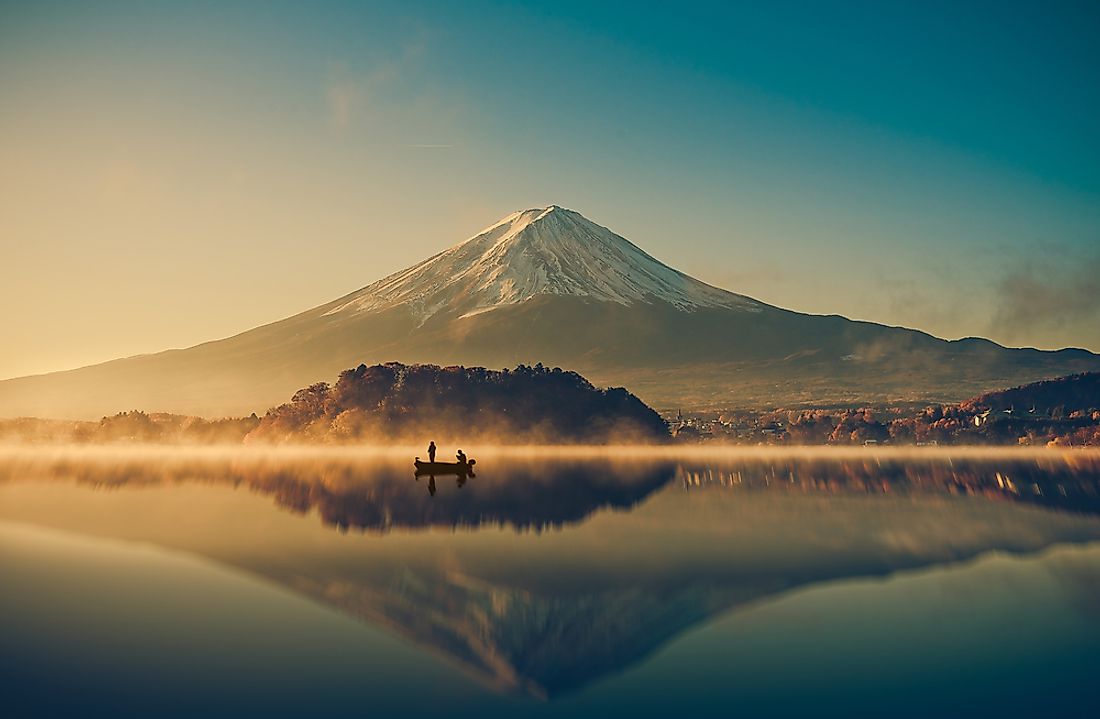
Japan has 47 administrative units known as prefectures. The prefectures are historically and geographically divided into eight regions. Although the regions are not officially recognized administrative units, they have been traditionally used as regional divisions of the country in several instances.
The regions have formed the basis for the geographic division of the country, with weather reports giving weathers by regions. Several institutions and businesses also identify with their home regions. Each region has unique cultural orientation, customs, and dialect. The regions offer a contrast in everything from food to traditional art and general way of life and interactions. The regions of Japan are outlined below.
8. Hokkaidō
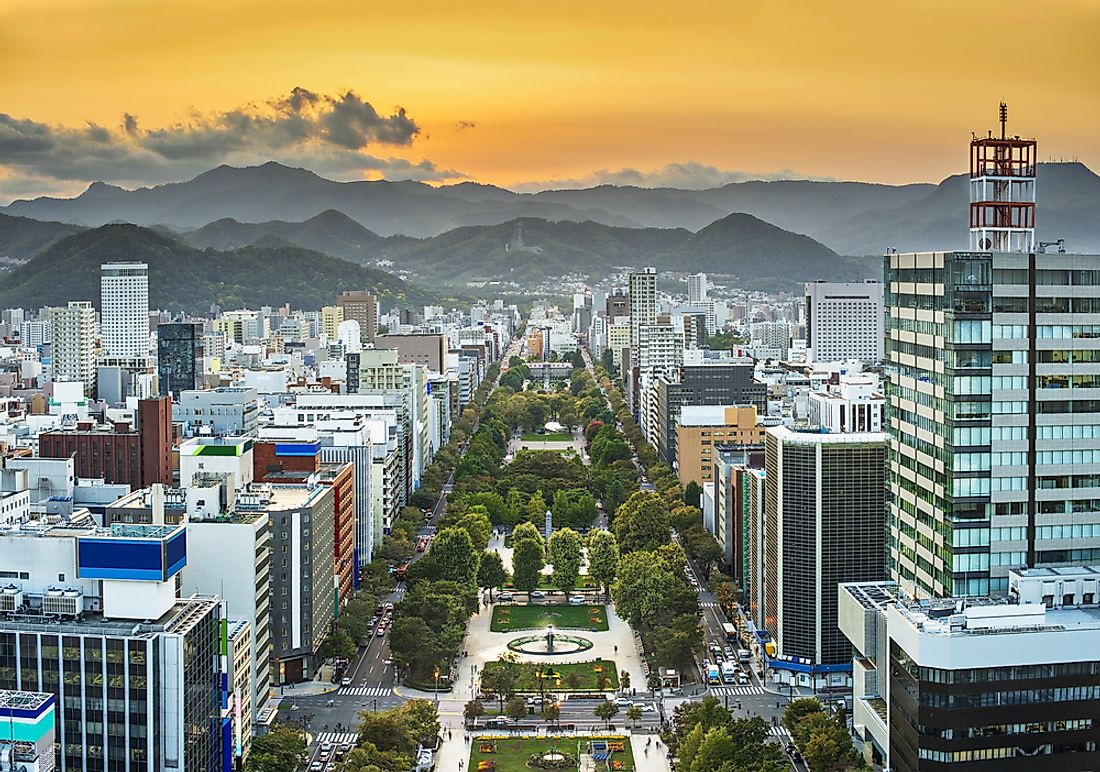
Hokkaidō is the second largest island of Japan. It is separated from Honshu by the Tsugaru Strait, with the two islands connected to the each other by the Seikan Tunnel. Hokkaidō is situated on the northern end of Japan, near Russia. It has a coastline on the Sea of Japan and the Pacific Ocean. Administratively, the region includes other smaller islands such as Rishiri, Okushiri, and Rebun. Hokkaidō became a fully fledged prefecture in 1947, with the prefecture government referring to itself as the Hokkaidō Government. The island is home to the cities of Hakodate and Asahikawa. Sapporo is the capital of Hokkaido, as well as its largest city.
7. Tōhoku
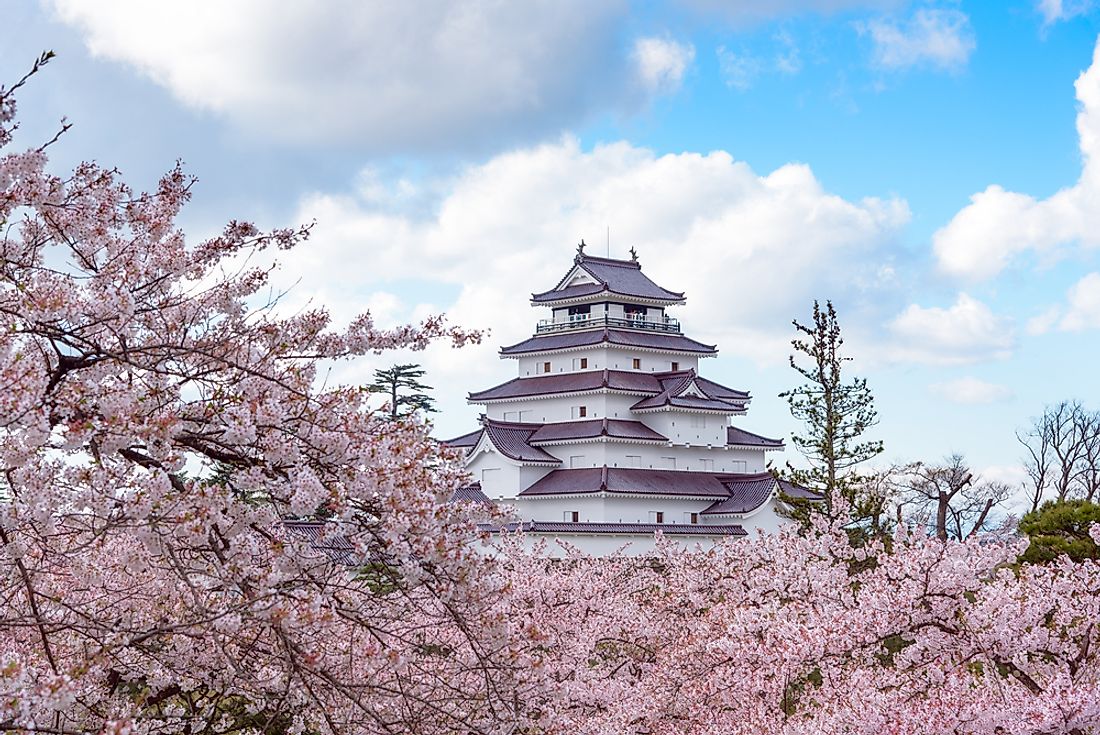
The Tōhoku Region comprises of the northeastern portion of Honshu, Japan’s largest island. The region comprises of six of Japan’s 47 prefectures and retains a reputation as a remote but scenic region. Tōhoku was known as Azuma during mythological times. The initial settlement in the area occurred between the 7th and 9th centuries. Tōhoku is often sub-divided into South and North Tōhoku. Geographically, the region is hilly with the majority of the population found in the lowlands. The area is known for its harsher climate. Tōhoku was once a major rice and other crop growing area. However, the harsh weather permits only one crop to be grown in the paddy area.
6. Kantō
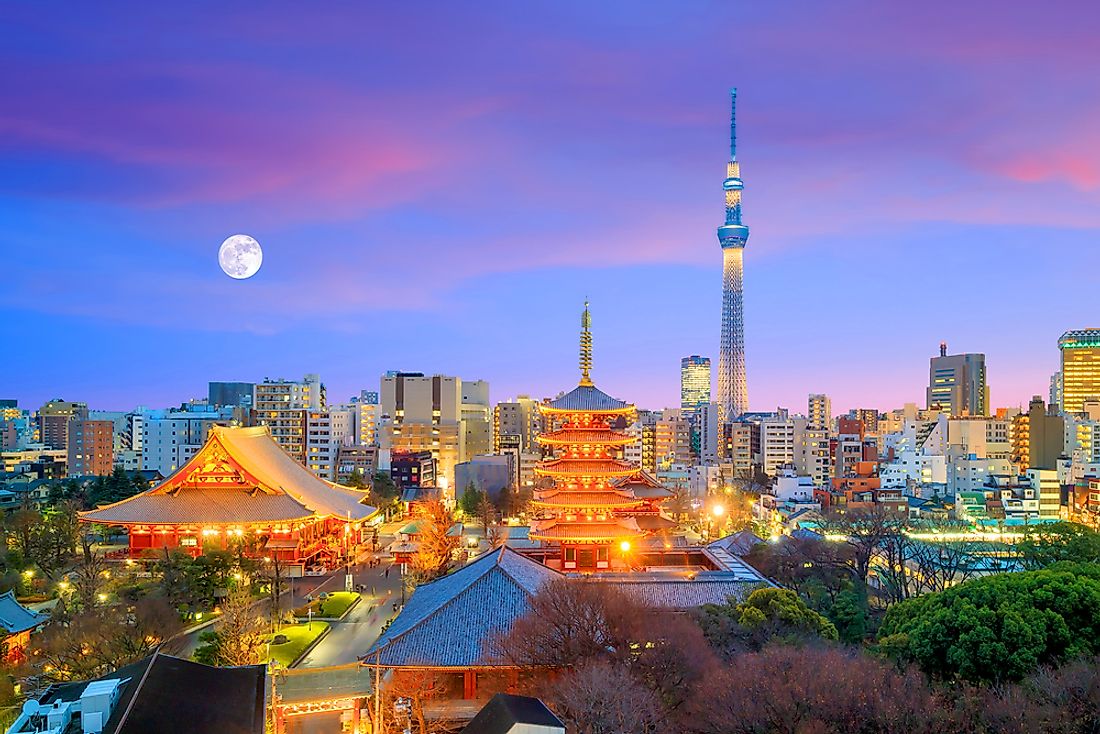
Kantō is a geographic region of Honshu. The region encompasses Greater Tokyo and is made up of seven prefectures. Almost 45% of the region is the Kantō Plain while the rest of the area consists of hills and mountains. The region is subdivided into North and South Kantō with South Kantō. The Kantō region is the most developed of the eight regions of Japan. It is highly urbanized and industrialized, with Yokohama and Tokyo forming a major industrial complex. Other major cities in the region are Kawasaki, Saitama, and Chiba. According to the 2010 official census, Kantō had a population of 42.6 million people, approximately one-third of the country’s population.
5. Chūbu
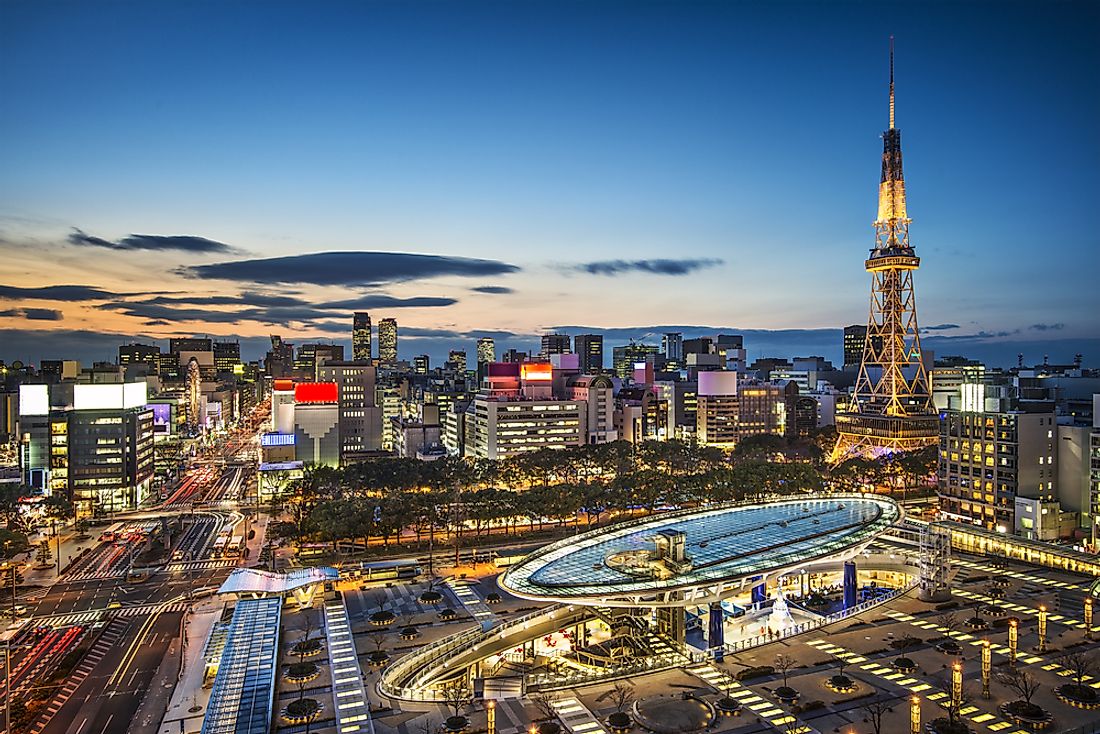
Chūbu is situated in the middle of Honshu, encompassing nine prefectures. It is located between the regions of Kanto and Kansai and includes major cities such as Nagoya, Niigata, and Hamamatsu, and a coastline on the Pacific and Sea of Japan. Chūbu is the widest part of Honshu and is characterized by rugged mountains. It is sub-divided into three distinct sub-regions, namely Tokai, Koshin’etsu, and Hokuriku. Tokai borders the Pacific Ocean and is a narrow corridor interrupted by mountains descending into the sea. Koshin’etsu is characterized by high rugged mountains often referred to as “roof of Japan.” Hokuriku borders the Sea of Japan. Chūbu has a population of approximately 21.7 million people as of 2010 official census.
4. Kinki
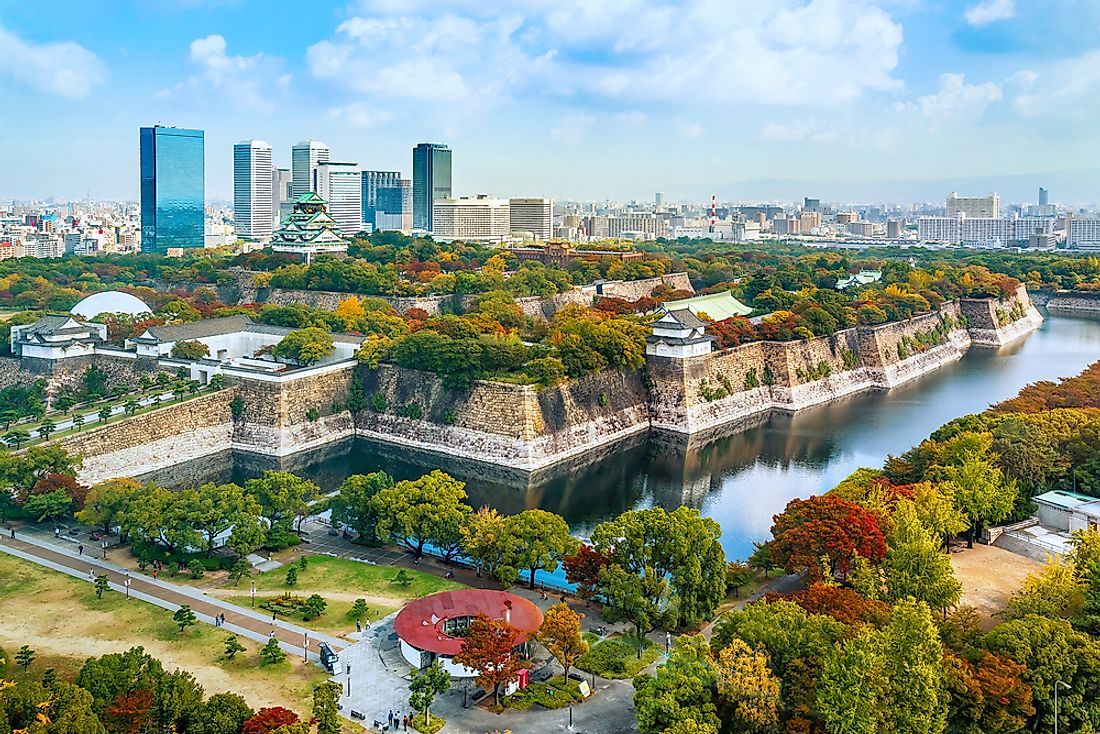
The Kansai or Kinki region is situated in the southern-central region of Honshū. It includes seven prefectures and sometimes ten depending on the source of geographical description. The use of the names “Kinki” and “Kansai” have changed over time. However, the names are used interchangeably in a modern context. The region covering Osaka, Kobe, and Kyoto is the second most populated area in Japan after the Greater Tokyo Area with a population of about 22.8 million people as of 2010. Kansai is considered the historical and cultural heart of Japan. It is often compared with the Kantō region in terms of cultural significance and development. Kansai, especially Osaka, is popular for its food while Kyoto is considered to be a mecca of traditional cuisines. The region’s dialect known as Kansai-ben has its own variation of vocabulary and pronunciation
3. Chūgoku
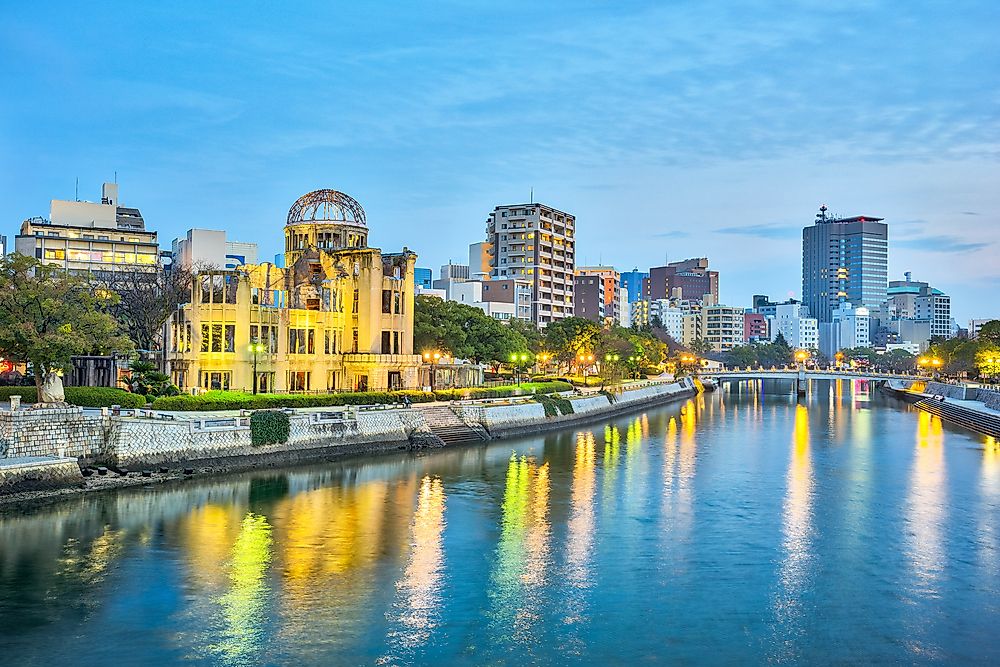
Chūgoku is the westernmost area of the Honshū, encompassing the five prefectures of Hiroshima, Okayama, Shimane, Tottori, and Yamaguchi. The name “Chūgoku” translates to “middle country”. However, the original translation is unclear. Historically, the region referred to the 16 provinces of San’indo. However, the easternmost provinces were collapsed into prefectures based in Kansai. Chūgoku is full of rolling hills divided into two parts by the mountains running through its center. Hiroshima, the region’s capital, was significantly damaged by an atomic bomb in 1945 but has since been rebuilt into an industrial metropolis and hosts over one million people. The larger Chūgoku region has a population of approximately 7.5 million people as of 2010. Overfishing and pollution due to the heavy industry around San’yo have greatly reduced the productivity of the inland sea fishing ground.
2. Shikoku
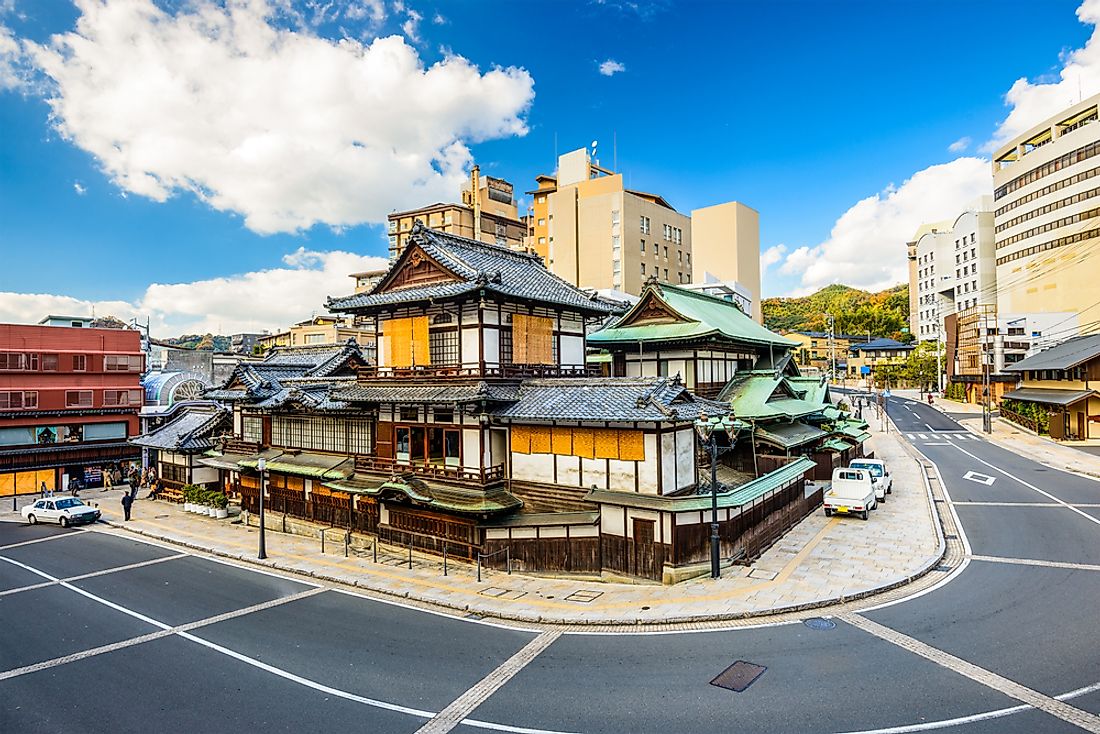
Shikoku is the smallest and the least populous island in Japan. It is located south of Honshū and to the east of Kyūshū region. The region comprises of the island of Shikoku and the surrounding smaller island and has a total area of about 18,800 square miles. It is the 50th largest island in the world by area. Shikoku comprises of four prefectures, namely Ehime, Kagawa, Kochi, and Tokushima. The region has a population of 3.8 million as of 2010 with the majority of the population living in the north of the region. Shikoku is divided into a sub region by the mountains running from east to west. The Yoshino River supplies the region with water and is also famous white-water rafting. Shikoku is the only major island of Japan without volcanoes.
1. Kyushu-Okinawa
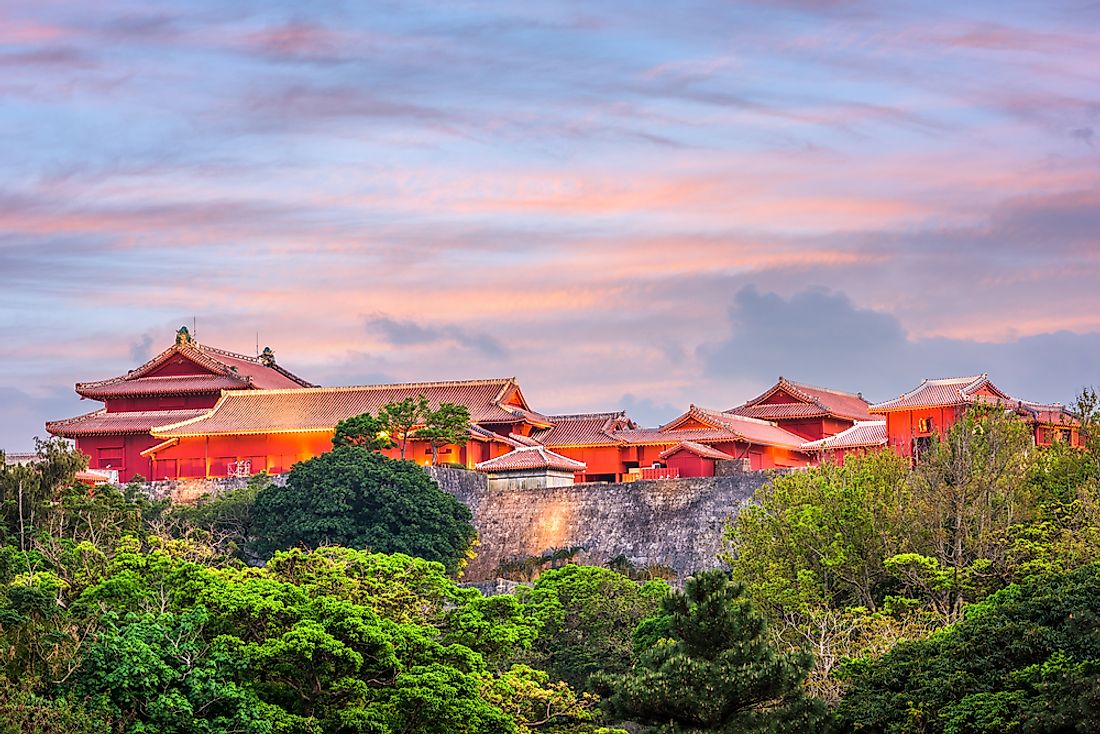
Kyūshū is the third-largest island of Japan. It a mountainous region characterized by an active volcano. The name Kyūshū translates to “Nine Provinces” and came about as a result of the nine ancient provinces of Saikaido. Today, the region consists of seven prefectures. The Kyūshū region has a population of about 12.9 million people with most of the population concentrated along the northwest. The region is a major agricultural area with major agricultural products such as rice, tea, and tobacco thriving in the area. Major industries such as chemical and automobile are concentrated in the north around Fukuoka and Nagasaki. Kyūshū is also a major educational region, having over 20 universities and higher learning institutions.











